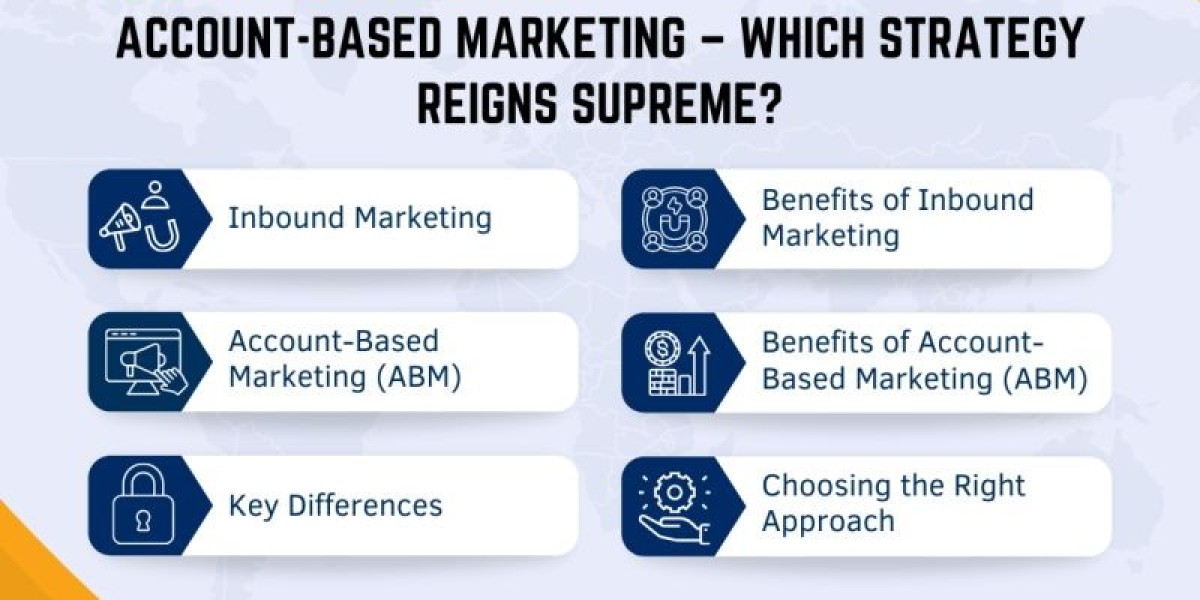Introduction:
In today's dynamic marketing landscape, businesses have diverse strategies at their disposal to attract and engage prospects. Two prominent methodologies, inbound marketing and account-based marketing (ABM), stand out for their unique approaches to targeting and nurturing leads.
1. Inbound Marketing:
Inbound marketing revolves around attracting prospects organically through valuable content, SEO strategies, and an engaging social media presence. It focuses on building trust and credibility with a broader audience by offering relevant and insightful content that addresses their pain points and interests.
2. Account-Based Marketing (ABM):
Account-based marketing (ABM) takes a more personalized approach by targeting specific high-value accounts rather than casting a wide net. It involves tailoring content and marketing efforts to individual accounts, aiming to deepen relationships and drive revenue from strategic accounts.
3. Key Differences:
While inbound marketing aims to attract leads through compelling content and inbound channels, ABM prioritizes personalized outreach and engagement with key decision-makers within target accounts. Inbound marketing casts a wide net to attract leads, whereas ABM focuses on nurturing existing relationships for higher conversion rates.
4. Benefits of Inbound Marketing:
Inbound marketing helps businesses establish thought leadership, broaden their reach, and nurture leads over time. By creating valuable content and engaging with prospects authentically, businesses can build brand awareness and credibility in their industry.
5. Benefits of Account-Based Marketing (ABM):
ABM enables businesses to prioritize high-value accounts and deliver personalized experiences tailored to their specific needs and pain points. By aligning marketing and sales efforts, ABM helps target key stakeholders within individual accounts, resulting in higher conversion rates and deeper relationships.
6. Choosing the Right Approach:
Businesses should carefully evaluate their goals, target audience, and available resources to determine the most suitable approach. While inbound marketing excels at broadening reach and establishing brand credibility, ABM is ideal for targeting specific accounts and driving revenue from strategic partnerships.
Conclusion:
Companies in today’s B2B industry must make use of all available solutions to maximize their ROI. Hence, finding the right balance between inbound marketing & ABM becomes very important.








